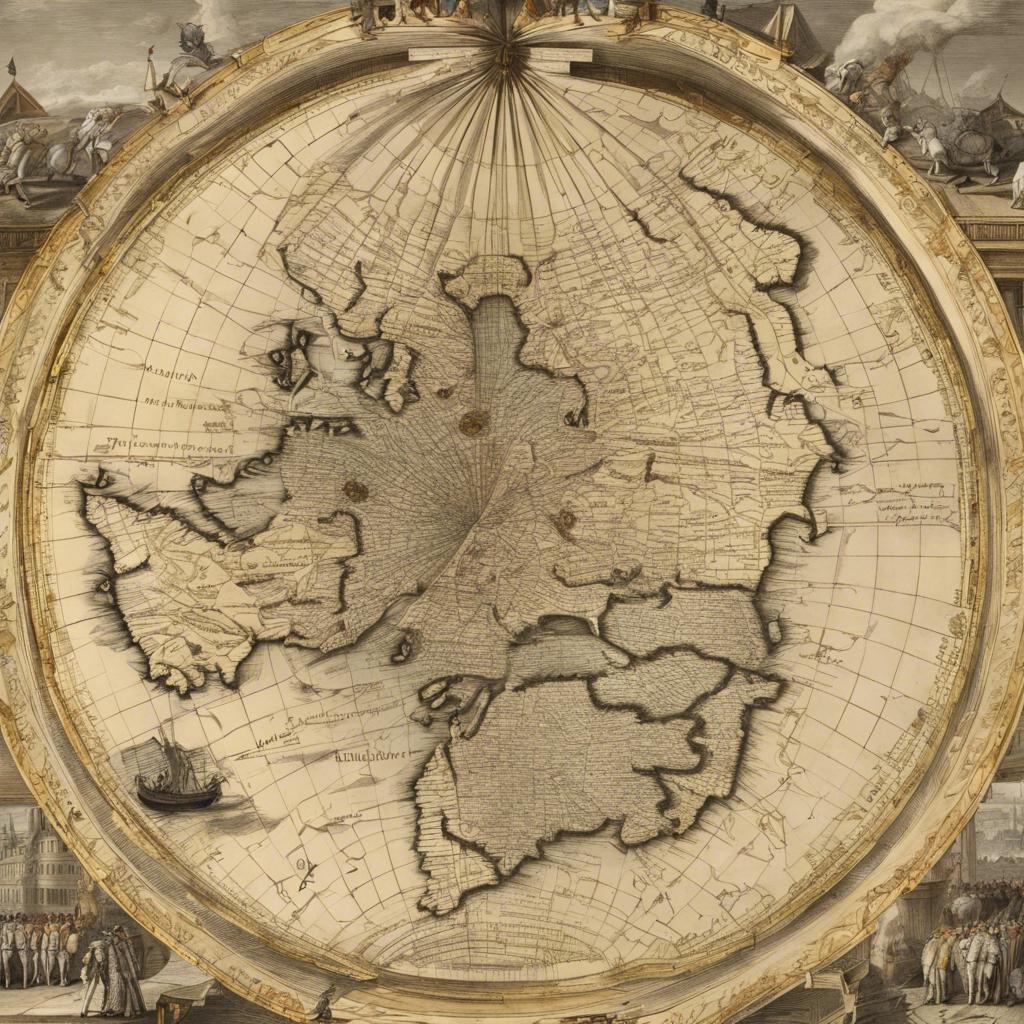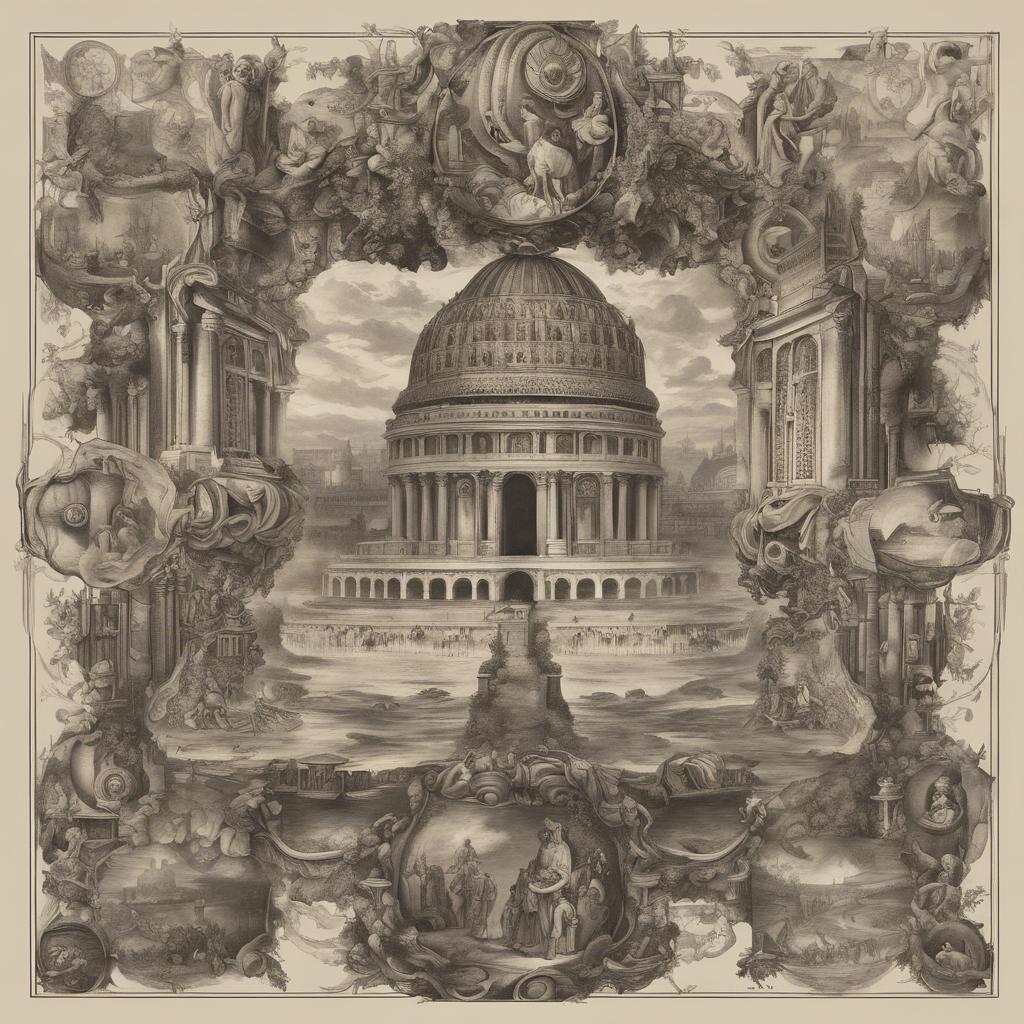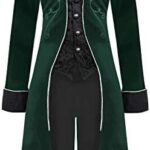During the early 19th century, a period known as the Regency era, several kingdoms in Europe were undergoing significant political, social, and cultural transformations. From the elegant courts of Britain to the splendor of continental Europe, these kingdoms were at the heart of a time of great change and innovation. In this article, we will explore the regency era kingdoms and their impact on the historical landscape of Europe.
Step Into the World of Cheryl Bolen
Dive into the enchanting stories of love, intrigue, and elegance set in the Regency Era. Cheryl Bolen's novels offer timeless romance and captivating tales that will leave you wanting more.
Explore Cheryl Bolen's Books Now
Introduction: Exploring the Intriguing World of Regency Era Kingdoms
The Regency Era, spanning from 1811 to 1820, was a fascinating period in European history marked by cultural refinement, political intrigue, and social change. During this time, many European kingdoms experienced shifts in leadership, power dynamics, and societal norms. Exploring the world of Regency Era kingdoms allows us to delve into a time of elegance, scandal, and revolution.
In the kingdoms of the Regency Era, royal courts were hubs of social activity and political maneuvering. From the glittering balls of London to the opulent palaces of Vienna, monarchs and nobles navigated a complex web of alliances, rivalries, and betrayals. The era was characterized by a delicate balance of power and influence, where even the smallest misstep could have far-reaching consequences.
One of the most intriguing aspects of Regency Era kingdoms was the role of women in society. Despite the strict social hierarchies and gender expectations of the time, many women wielded considerable influence behind the scenes. From powerful queens like Victoria of the United Kingdom to scandalous mistresses like Madame de Pompadour, these women played a crucial role in shaping the destinies of nations.
The Role of Monarchs in Regency Era Kingdoms: Power, Influence, and Responsibilities
In the Regency Era, monarchs played a crucial role in the governance and administration of kingdoms. They held immense power and influence, shaping the political landscape and setting the tone for society. Monarchs were not merely figureheads; they had significant responsibilities that they were expected to fulfill.
One of the key responsibilities of monarchs in Regency Era kingdoms was to uphold law and order. They were the ultimate authority in matters of justice and were tasked with maintaining peace and stability within their realms. Monarchs also had the power to make and enforce laws, ensuring that their subjects lived in a harmonious and well-ordered society.
Furthermore, monarchs were expected to represent their kingdoms on the international stage. They engaged in diplomacy, forging alliances and negotiating treaties with other nations. Monarchs were also the face of their kingdoms, embodying the values and traditions that defined their realms. Their actions and decisions could have far-reaching consequences, shaping the course of history.
Key Features of Regency Era Kingdoms: Society, Culture, and Politics
In the Regency Era, kingdoms were characterized by a complex society, rich culture, and intricate politics. Society was heavily structured, with a clear hierarchy that governed the interactions between different classes. The upper class, consisting of nobility and aristocrats, held immense power and influence, while the lower class, made up of commoners and peasants, struggled to make ends meet.
The culture of Regency Era kingdoms was marked by a love for the arts, particularly literature, music, and theater. The upper class patronized artists and musicians, leading to a flourishing of creativity and innovation. The works of famous writers such as Jane Austen and William Wordsworth are a lasting legacy of this cultural richness. Additionally, elaborate balls, grand social events, and extravagant fashion were all key aspects of the cultural landscape.
Politics in Regency Era kingdoms were often tumultuous, with power struggles and intrigue at every turn. Monarchs and rulers had to navigate a delicate balance of maintaining their authority while appeasing the demands of the nobility and gaining the support of the common people. Wars, treaties, and alliances were common occurrences, shaping the political landscape of the time.
Recommendations for Further Study: Researching and Understanding Regency Era Kingdoms
Delve deeper into the fascinating world of regency era kingdoms by researching and understanding the intricate political and social structures that defined this unique period in history. To further your study, consider exploring the following recommendations:
**Books:**
- “Regency England: The Age of Lord Liverpool” by J. E. Cookson
- “Women of the Regency” by Rachel Knowles
**Online Resources:**
- Visit reputable historical websites such as the British Library or the Regency History blog for informative articles and primary source documents.
- Utilize online databases like JSTOR or Project MUSE to access academic journals and scholarly publications on regency era kingdoms.
In Conclusion
the regency era kingdoms were marked by opulence, intrigue, and dynastic power struggles. This period of history saw the rise and fall of several powerful monarchies, shaping the political landscape of Europe for years to come. As we reflect on their legacies, it is important to remember the intricate web of alliances, rivalries, and ambitions that defined this tumultuous time. The regency era kingdoms serve as a reminder of the enduring influence of royal families and the ever-changing nature of power. Let us continue to study, learn, and appreciate the rich tapestry of history that these kingdoms have left behind.


